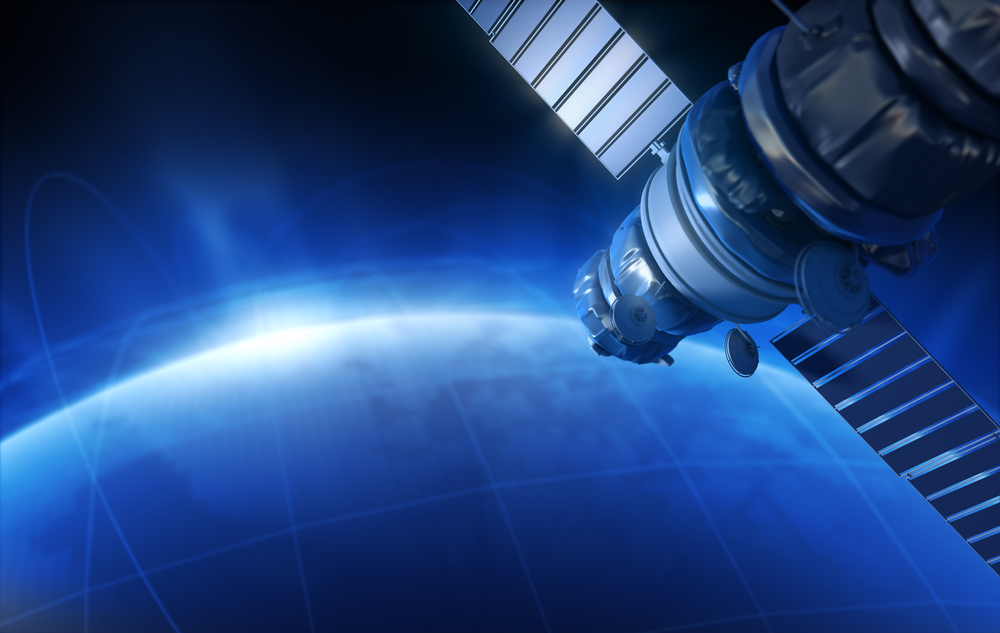Satellites are extremely expensive to build and operate – a fact that makes their short life even more troublesome for their owners and operators. One of the largest contributors to a satellite’s eventual demise is running out of fuel and not having the fuel necessary for station-keeping, maneuvering and other requisite operations.
However, there could be a solution on the horizon that could extend satellite life through strategic refueling.
In June of this year, SSL MDA Holdings – a global communications and information company – announced the formation of Space Infrastructure Services LLC (SIS), a new company that will offer commercial satellite servicing capabilities, including refueling. In addition to announcing the formation of the company and the introduction of these services, they also announced the company’s first customer – SES.
Carlo Tommasini, the Vice President of Fleet Engineering at SES recently gave an interview about why SES decided to move in the direction of in-orbit refueling, and why this could have a major impact on the future of the satellite industry. Here is what Carlo had to say:
Q: Refueling a satellite on-orbit with minimal disruption on the operations of the spacecraft sounds like a scene from a science fiction movie. How does it work?
Mr. Tommasini: MDA’s refueling approach is conceptually similar to a travelling space gas station that is capable of refueling satellites through robotic arms. MDA relocates the space gas station (robotic servicer) to the orbital location of the SES satellite where it docks to the aft end of the SES satellite for approximately nine days.
While the SES satellite continues providing customer services, automatic and tele-operated robotic servicing tools are used to survey the SES satellite, manipulate thermal blankets, valves and pump fuel. After the fuel transfer is completed, the worksite is closed and the robotic servicer undocks from the SES satellite and moves away. Thereafter, the SES satellite operates standalone and can continue to serve our customers beyond its usual 15 year-lifespan.
Q: What are the concrete benefits that this technology will deliver to SES?
Mr. Tommasini: Many satellites are healthy and in good operating condition in-orbit, and are able to operate beyond their 15 years design life. For these satellites, the limiting lifetime factor is the remaining fuel on board to maintain attitude control and orbital position station-keeping.
For satellites low on propellant, satellite in-orbit refueling provides life extension – maintaining revenue streams for the company and providing time to determine the optimal fleet management strategy.
Q: SES is the first commercial satellite operator to sign up for these in-orbit refueling services. With no previous users or case studies, how can the company be confident in this new technology?
Mr. Tommasini: MDA is a leader in space robotics and automated systems capable of enabling on-orbit servicing missions. SSL is a leading supplier of commercial GEO satellites and is also designing the satellite servicing spacecraft vehicle for the US Defense Advanced Research Projects Agency (DARPA) Robotic Servicing of Geosynchronous Satellites (RSGS) program.
We have spent months working closely with MDA and SSL to jointly develop the refueling services concept to meet SES’s needs. As SSL embarks on building the servicer, SES will be closely involved in reviewing the design and performance. This service – when ready – will bring powerful options to our fleet management capabilities. Together with the MDA and SSL, we are proud to be pioneering this technology.
Q: When can we expect to see the first SES satellite benefitting from MDA’s satellite in-orbit refueling service? Which satellite will be the first to get services?
Mr. Tommasini: SSL’s satellite servicing spacecraft is planned for launch in 2021, so we are hoping that would be the year where we would see our first SES satellite benefitting from this on-orbit refueling service.
It’s a little too soon to [identify the first satellite to be serviced] at this stage. There are a couple of factors that we need to consider — the strategic importance of the orbital location, long-term fleet plans, projected market dynamics at that point in time, and – most importantly – customer requirements. It is of utmost importance for us to make sure that our customers have business continuity at all times.
